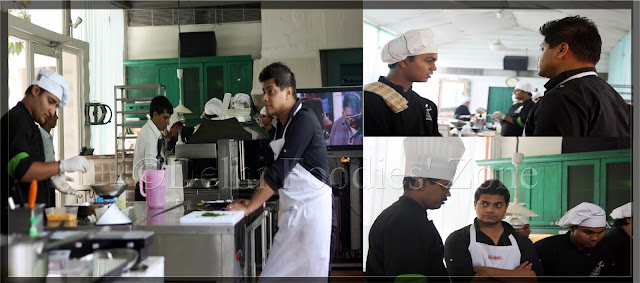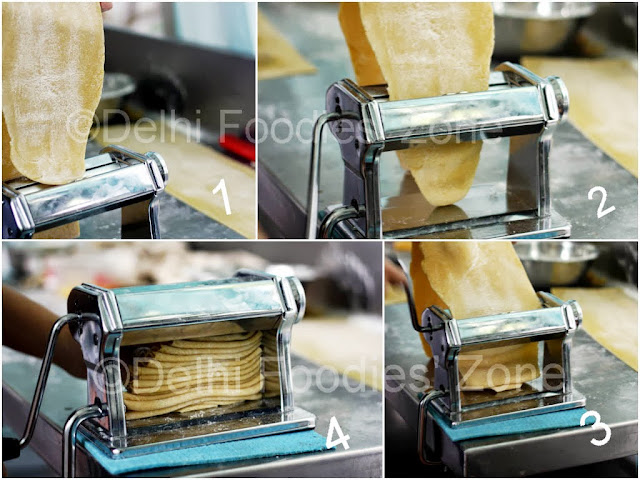Armenian-Bengali proximity
A chance discovery of an old grave picture led Chef Saby to reconnect with his childhood spent in Asansol (in West Bengal) that bore touches of Armeninan culture and food. Asansol was an Armenian colony some 200 years back. Chef Saby tells that the Asansol hood was named after Armenian families: Apkar Gardens, Agabeg bridge, Evelyn Lodge. More importantly, the Armenians gave to India, the tolmas, the tonir (tandoor, which is still widely used in India), the Lavash (an unleavened bread), paneer, curd among others. Chef Saby calls his offering the A-cuisine. Lavaash by Saby bears Armenian motifs across its interiors. Viplov Singh and Svabhu Kohli have given shape to the initial moodboard of the place made by Chef Megha Kohli and Chef Saby. Skeeter visited the restaurant at night, but is sure it looks dreamy and romantic during the day. With a beautifully done terrace dining space, Lavaash by Saby is bound to be a hotspot this winter.
The food on offer is new, but not alien. You get the basic (yet most delicious) Claypot bread with a generous dollop of butter and scatter of chironji seeds. It is Saby’s version of Matnakash, an Armenian bread. It is called so, as the bakers fingermarks are imprinted on the bread before putting it in the oven. Along with this bread, you sample the most divine Pumpkin Manti (Armenian ravioli) cooked and served in a clay vessel and scattered with pine nuts. The outer wrapping has a soft, crusty rumali kind of texture and the filling of sweet pumpkin with walnuts, yoghurt sauce and cheese melts in the mouth. The use of nuts characterizes Armenian food which they use for texture as well as nutrition. Skeeter cannot wait to try the Mushroom Manti on her next visit.
The baked Mochar Puff filled with a fragrant banana blossom and potato mash and served with a tomato relish is your everyday Bengali household grub revamped and how! This simple twist will leave the Bengali bhadralok craving for more.
The Rice Tolma (as opposed to the mideastern Dolma) are grape leaves stuffed with rice, peas, saffron, coriander, mint and melted butter.
Dumplings and stews also feature in Armenian cuisine. The Panir and spinach kofte at Lavaash by Saby are the most delicious version of cottage cheese Skeeter has sampled by a Bengali person. Soft, fluffy balls of cottage cheese with a well-seasoned spinach lining inside are a work of culinary art. Studded with nuts and served in a way that it remains hot, this dish is best eaten with another Bengali staple: fragrant gobindobhog rice with butter and gondhoraj lebu (a local lemon). Together, these two make a sublime combination.
The Ponchiki or square doughnuts filled with nutella are addictive. I recommend you sample them with some good coffee or the pomegranate tea that Lavaash by Saby has on offer.
An old fashioned chocolate mousse is just the right way to end your meal. Skeeter couldn’t keep her hands off this one. Sinful and indulgent!

















